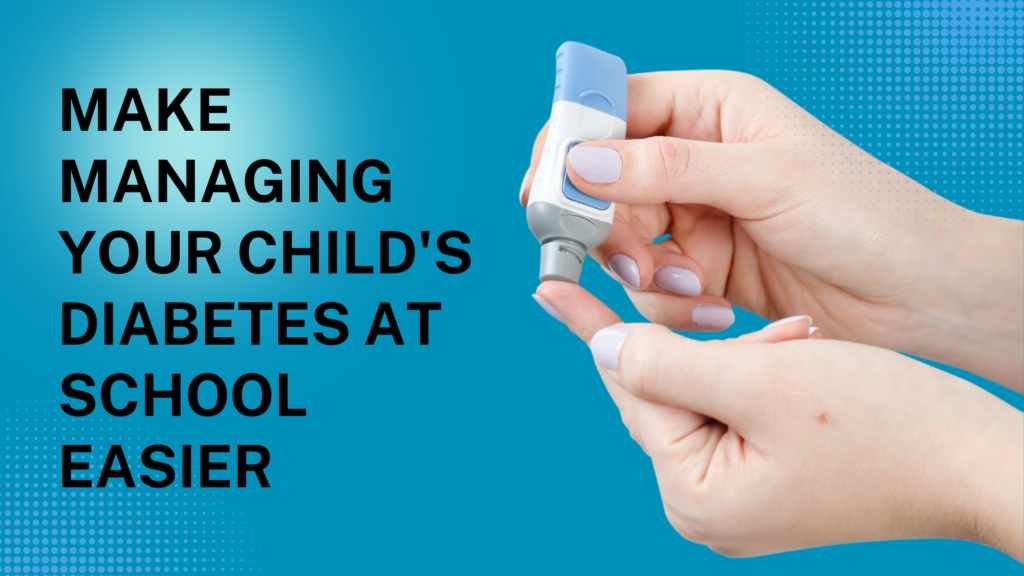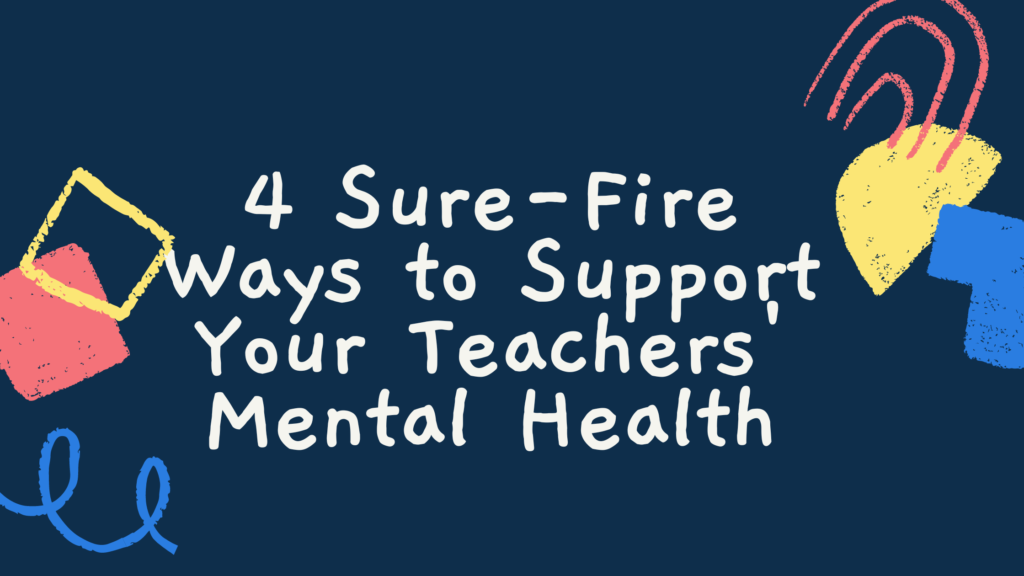
Who can benefit from bioidentical hormone therapy? Both, men and women with hormone imbalances
Men symptoms include:
Fatigue Mood swings
Decline in general well-being burned out
Inability to focus and remember things Insomnia
Stubborn weight gain
Frequent illnesses
Hair loss
Saggy dry aging skin
Aches joint pain and longer time to heal from injuries
Loss of libido; unable to get or maintain an erection o
Women symptoms include:
Fatigue Inability to focus/remember things
Mood swings Insomnia and night sweats
Stubborn weight gain
Frequent illnesses
Muscle loss and weakness
Hair loss
Saggy dry aging skin
Aches, joint pain, and longer recovery time
Loss of libido
Painful intercourse
Hot flashes vaginal dryness and night sweats
Frequent urinary tract infections
Infrequent menstrual cycles or lack thereof- before menopause
According to www.evexias.com/complete-guide-to-pellet-therapy, Pellet therapy offers a number of benefits over other delivery methods, including fewer visits required for each treatment cycle, a steady release of hormone throughout each treatment cycle (no rollercoaster effects at the beginning or end of a cycle), fewer side effects, effective symptom relief, and reduced risk of certain diseases. Could hormone replacement therapy be right for you? Call today to find out at 662-282-4226.











